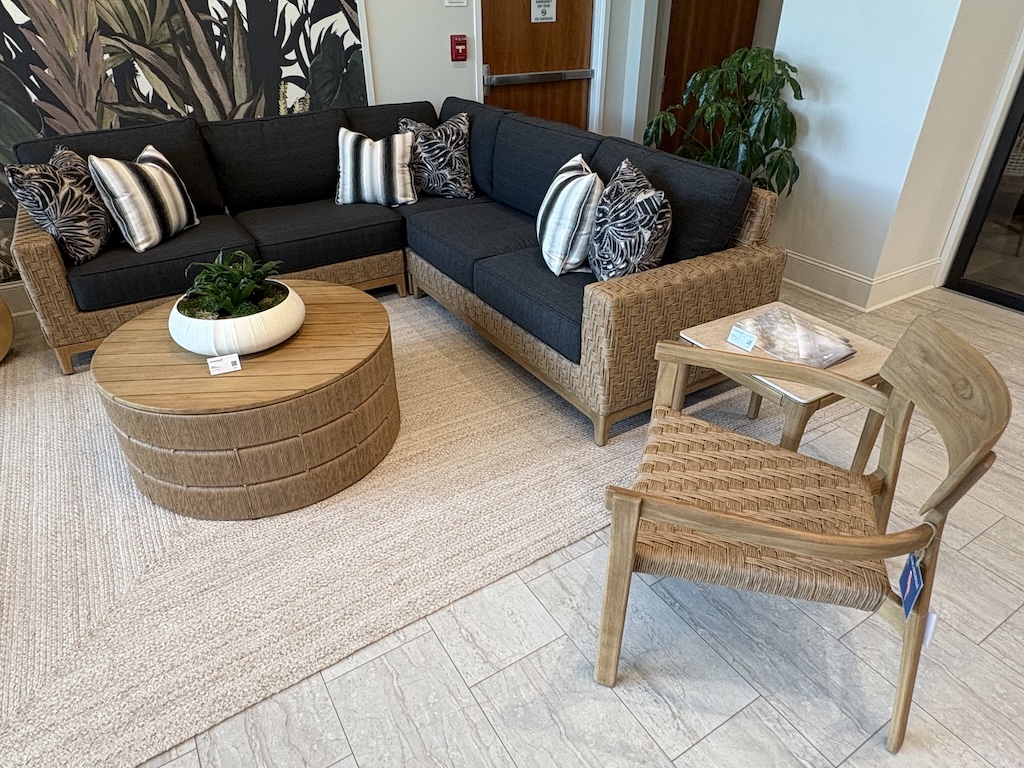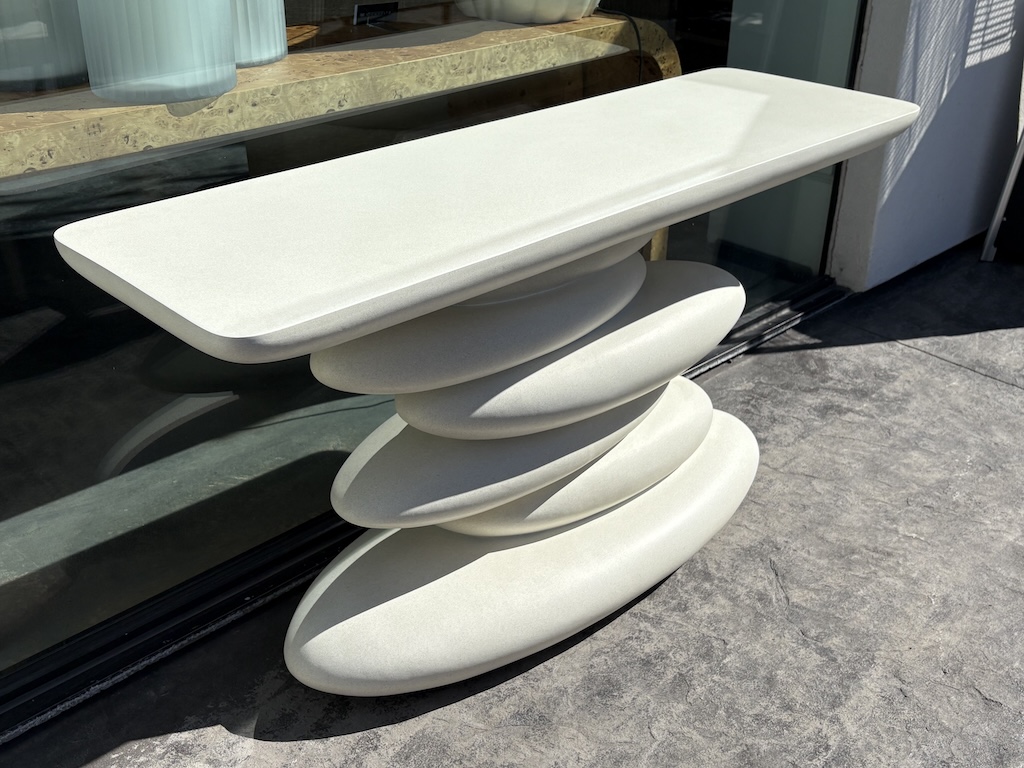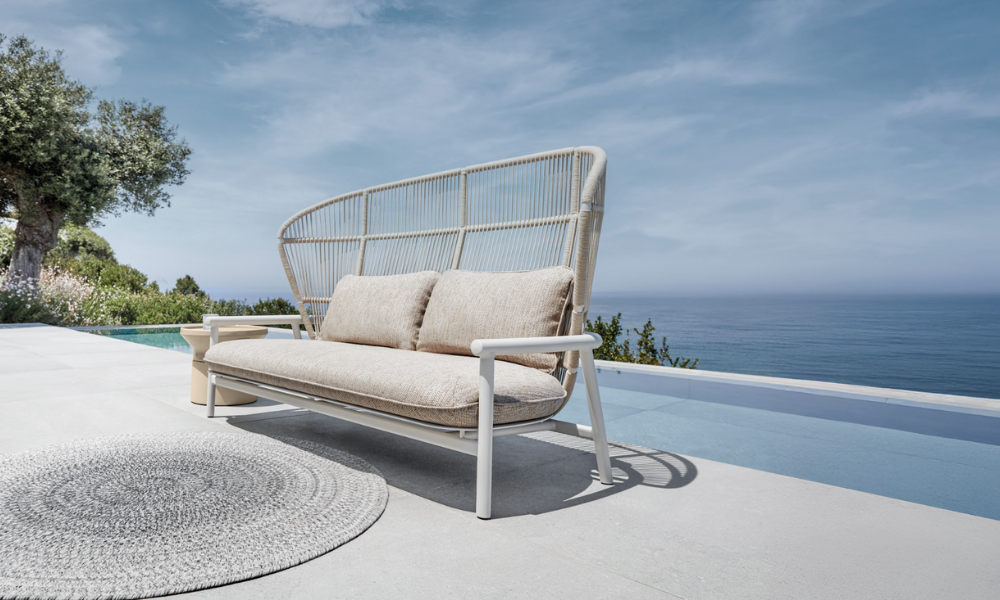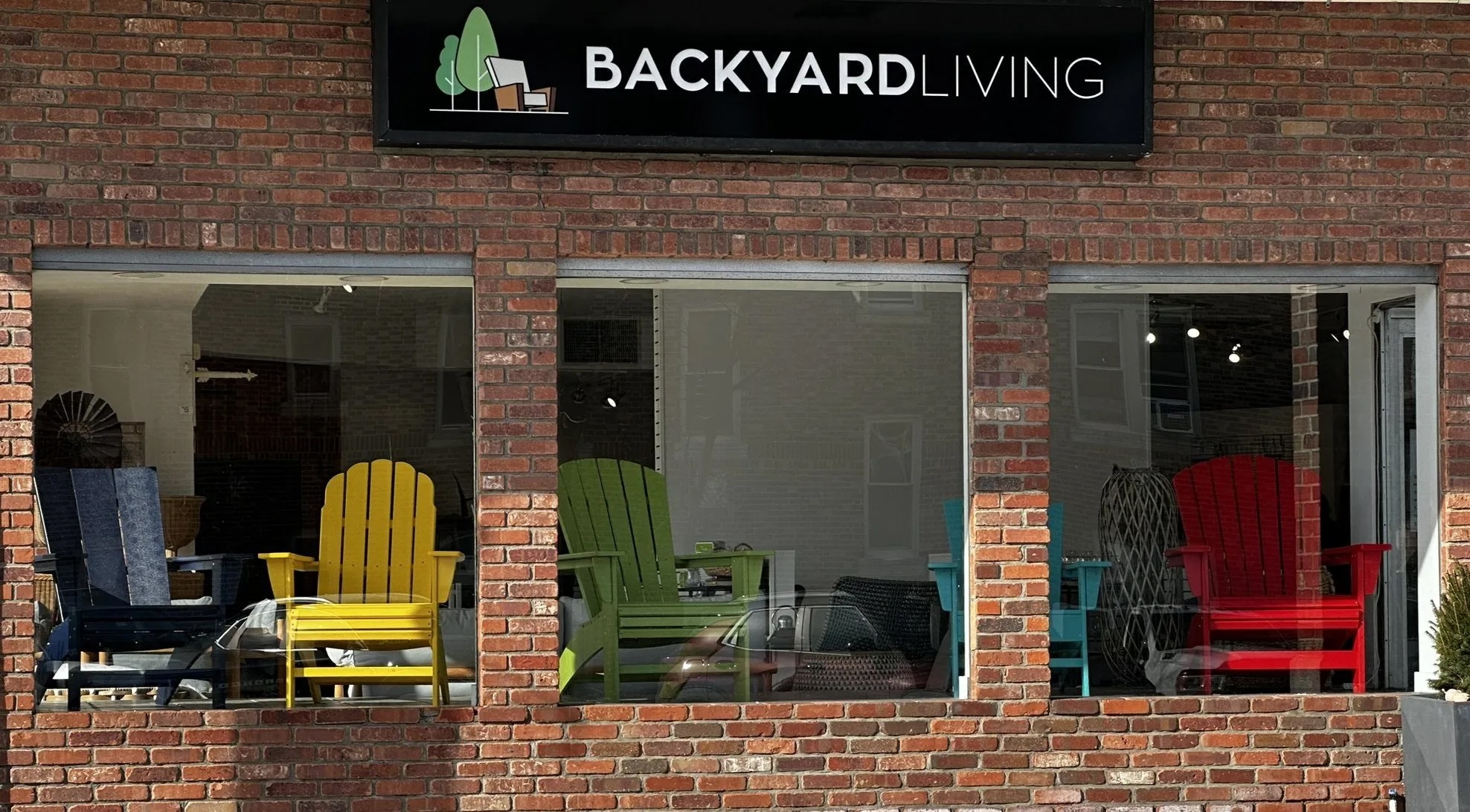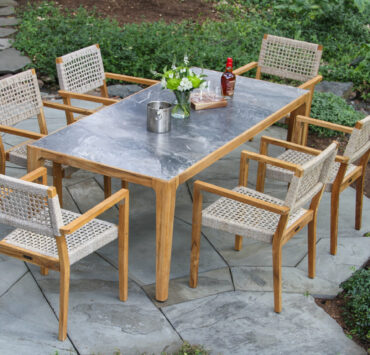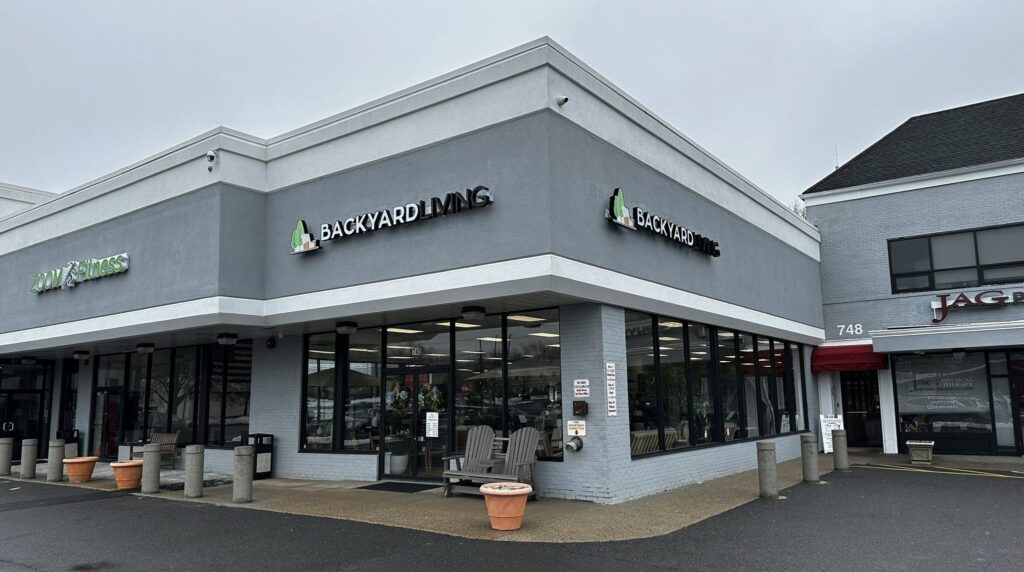
For Patrick Connor, co-owner of Backyard Living in Ridgewood, New Jersey, the biggest challenge has been customers who want it.
Right now.
“Really, as an independent retailer, we struggle to keep enough stock to quick-fill orders,” he said. “We recently upsized our warehouse, and we are opening a second retail location, both of which will help us stock more items. We also started purchasing container loads of furniture last year, which helped considerably with stock levels on our most popular products.”
Connor is fairly new to his store, as he and his wife purchased it in 2023. He says his most important priorities for 2025 will be merchandising, product assortment and lead times, along with adding value through outstanding service and expertise.
So far, he says he isn’t predicting a slowdown this season. “But if it does, we will make every effort to control expenses to maintain profitability,” he said. “In a slowdown, our limited stock on-hand turns from a weakness to a strength, as we are not burdened with a large prepurchased inventory.”
Connor said that the store has completely revamped its marketing approach to focus largely on search and display ads to an audience targeted by location, using Google and Meta as primary online platforms. Additionally, the store is participating in a program that targets people moving into the community to ensure they are aware of Backyard Living’s offerings — another way to set the store apart from competitors.
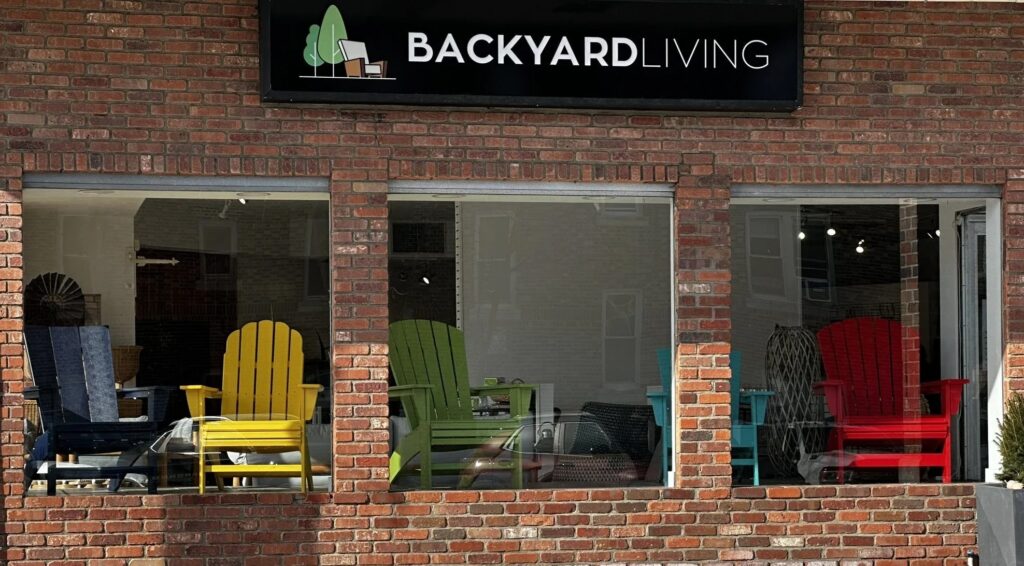
To compete with online sellers, Connor said he’s fortunate that there’s price parity across the brands, which means that there’s not a lot of undercutting on like-for-like products.
“More generally, we offer our customers the chance to see, touch and experience the furniture they are considering to purchase, which can’t be done online,” he said. “Also, we service our customers for years (decades even) after the sale, and it is hard to imagine any online outlet looking to adapt that business model.”
To set the store apart, Connor says he believes in putting in the work.
“We have been delivering outstanding service and value in the same town for 25 years, so we are fortunate to have a lot of community support and a great reputation in the area,” he said. “Beyond that, the brands that we chose to carry and advertise do some of the heavy lifting for us. While we offer a wide selection of price points, we know which brands are our heroes. And we work hard to inform potential customers that we offer an unbeatable combination of quality, value and service.”
To decide which brands to carry, Connor takes a number of factors into consideration.
“It’s a balancing act of product range, price point, style, etc., all limited by the amount of space we have available to display furniture in our store,” he said. “We spend a lot of time looking at sales-per-square-foot across the year (or even multiple years) to ensure we aren’t giving too much valuable floor space to a brand that doesn’t deliver for us.”

Connor said he believes the impact of full-line furniture stores going into outdoor will vary over time.
“I would imagine that initially it has a negative impact on outdoor-focused stores, but unless the traditionally indoor brands really improve their quality and warranty, in the long run they will likely run into quality/endurance issues that may limit their ability to thrive in the outdoor space for the long run,” he said.
Any advice for struggling casual retailers today?
“I am not sure I have been in this space long enough to offer meaningful advice as I am unencumbered by how casual retail ‘used to be.'” Generally, I like to talk to my customers and listen to their delights and frustrations, then use that to inform our buying, merchandising and overall business plan. My favorite exercise is to think about what a new competitor could do to build their business (likely at my expense), challenge myself to understand why I am not taking that same approach right now, then adapt where it makes sense to do so.”

